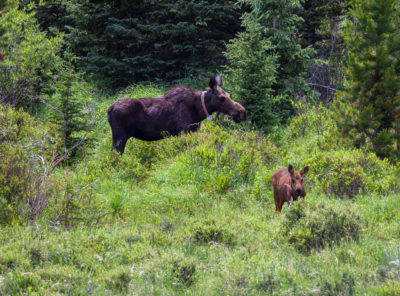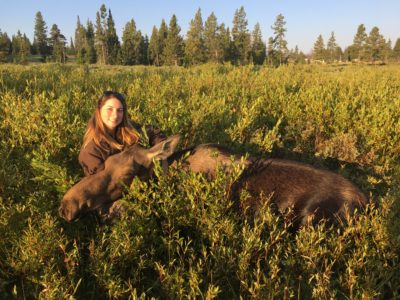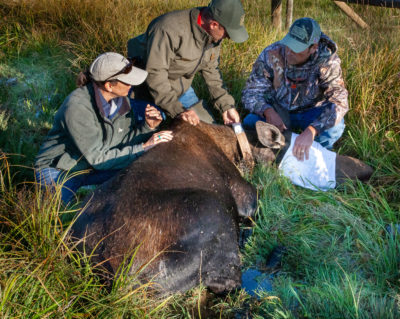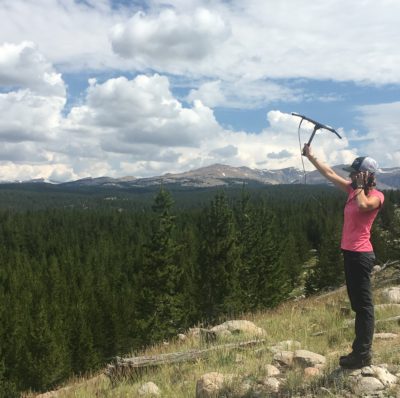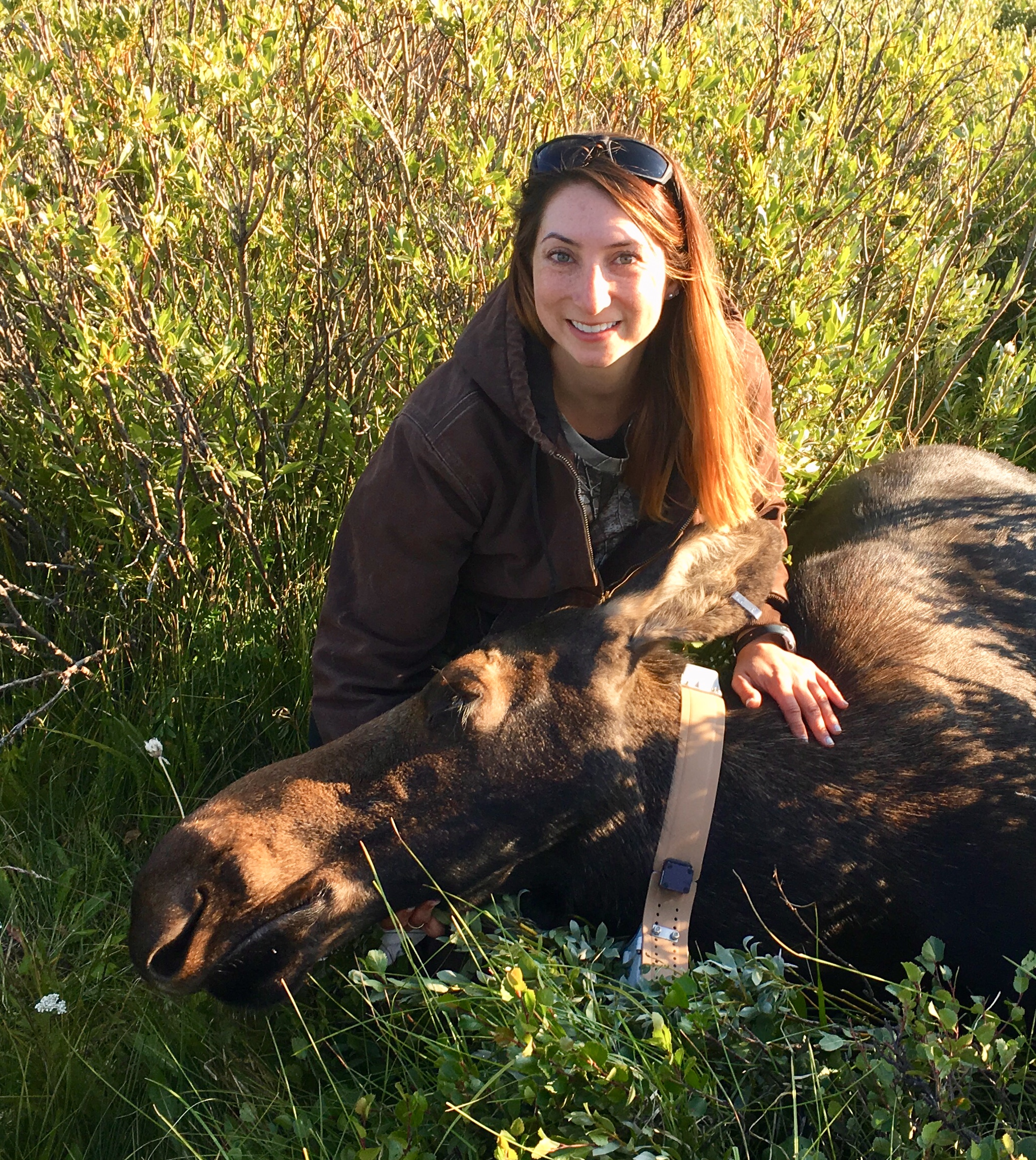Ecologists are increasingly quantifying animal movement strategies as a function of the underlying patterns of seasonal resources (Merkle et al. 2016, Aikens et al. 2020). Aikens and colleagues found that the patterns and timing of plant phenology can predict how ungulates will move across the landscape, specifically referring to the influence by the rate, order and duration of plant green-up across temperate environments termed the Greenscape Hypothesis (Aikens et al. 2020b). Understanding how animals alter their movement tactics to exploit resource variability amid broad spatial variation in the greenscape may shed light on the movement capacity animals can us to adapt to climate change.
This research will focus on movement data from the Bighorn moose herd, which appears to have habitat associations and migration pattern that are different from moose in western Wyoming. We plan to compare the movements, migrations, and habitat use of Bighorn moose to existing movement data from three other moose herds throughout Wyoming, including data from the Jackson herd, Sublette herd and the Snowy Range herd (Figure 1). By comparing Bighorn moose to other well-studied Wyoming herds, we aim to advance our understanding of the movement and behavioral strategies moose use to persist in Wyoming’s variable landscapes.
First, we aim to understand how moose herds implement different habitat selection patterns to persist in variable habitats across Wyoming. Secondly, we will test the predictions of the Greenscape Hypothesis on a single ungulate species at a small scale by evaluating the influence of plant phenology patterns and timing on moose movements across a diverse landscape. This is highly relevant to moose in the Bighorns, which exhibit very limited migrations – aside from a lack of knowledge (Jesmer et al. 2018), an explanation for the lack of migration has never been formally evaluated. Understanding how movement strategies vary across disparate landscapes will help inform the capacity moose have to adapt to future climates.
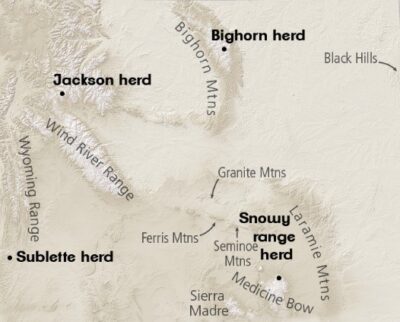
Figure 1. Map depicting locations of the four study populations in Wyoming
Check out the links below for articles featuring this study:
https://thesheridanpress.com/117207/moose-study-researchers-expect-more-data-as-collars-fall-off-animals/
